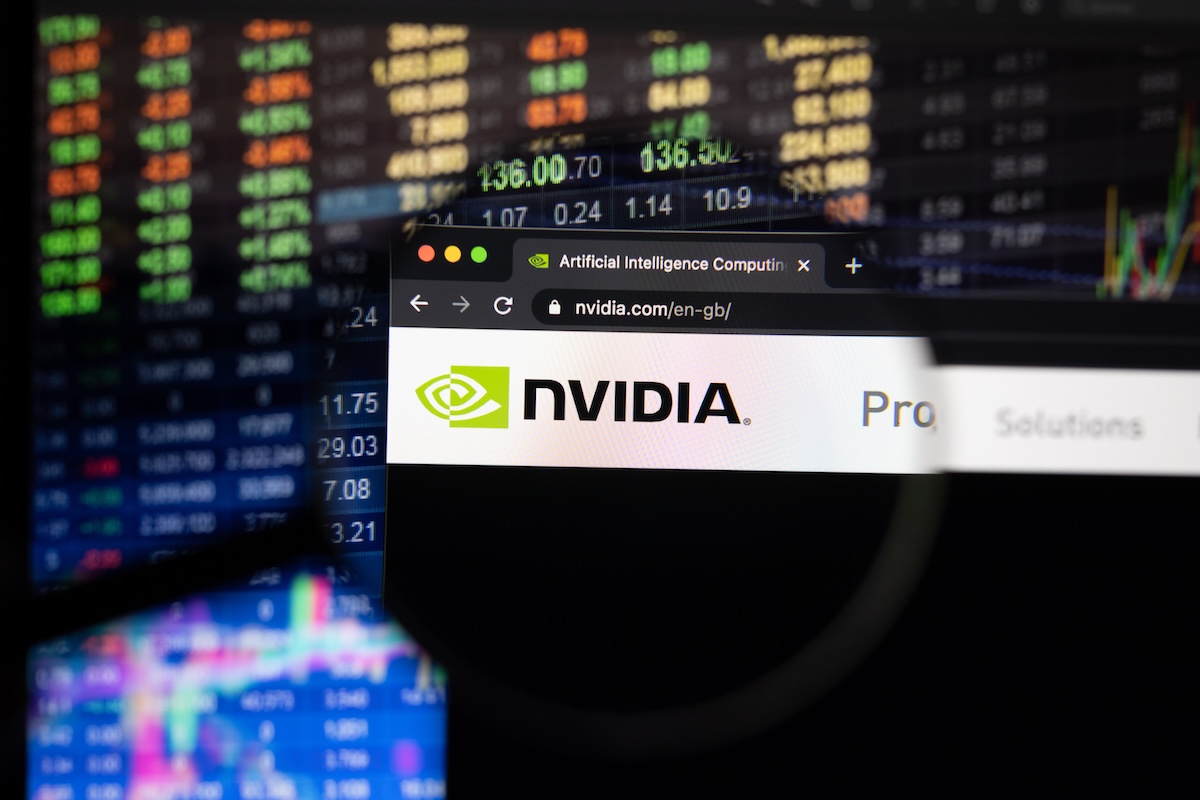
Nvidia (NVDA) has earned near-mythic status for powering the data center boom at the heart of the artificial intelligence revolution. However, a closer look at its revenue reveals a single inflection point that transformed the chipmaker into a trillion-dollar titan: OpenAI’s public release of ChatGPT.
Before ChatGPT debuted in late 2022, Nvidia’s growth was steady, fueled by gaming GPUs and early data center demand. The company saw revenue surges during the pandemic-era GPU shortage, but nothing close to the exponential curve that would follow.
For context, Nvidia’s full-year revenue in 2021 was $16.68 billion. Today, its trailing 12-month revenue tops $165.21 billion — a tenfold increase in just a few years.
The parabolic shift began in 2023 as ChatGPT captured the world’s imagination, igniting a wave of investment in generative AI that turbocharged demand for Nvidia’s chips.
This is a chart of Nvidia's revenue.
undefined Brew Markets (@brewmarkets) September 30, 2025
ChatGPT was released here: pic.twitter.com/RNQA51LG3R
The chatbot’s success sparked an AI arms race among tech giants. Hyperscalers like Microsoft (MSFT), Alphabet (GOOG), and Amazon (AMZN) began placing massive orders for Nvidia’s GPUs to build out their data center infrastructure.
Today, these firms and others have pledged hundreds of billions of dollars in AI and data center investments, cementing Nvidia’s role as one of the chief beneficiaries of the AI boom, even as analysts continue to debate the true economic value of generative AI.
Nvidia dominates AI narrative as sustainability questions mount
Nvidia now commands more than 90% of the GPU market, a dominance that has propelled its stock to record highs and pushed its valuation to an astonishing $4.6 trillion, making it one of the most valuable companies in history.
However, as Nvidia cements its grip on the AI economy, skeptics are beginning to question whether the massive global buildout of AI data centers is economically sustainable.
According to Harris Kupperman, founder of Praetorian Capital, the data centers under construction in 2024 could face roughly $40 billion in annual depreciation, yet are projected to generate less than half that in revenue.
Kupperman estimates that U.S. data centers would need to produce around $480 billion in annual revenue to deliver returns comparable to their traditional business ventures, a figure that underscores the scale of expectations priced into the AI boom.
For this reason, Derek Thompson of The Atlantic likened the AI data center boom to a “mini-wartime economy — except the guns are chips and the tanks are databases.”
Your email address will not be published. Required fields are markedmarked